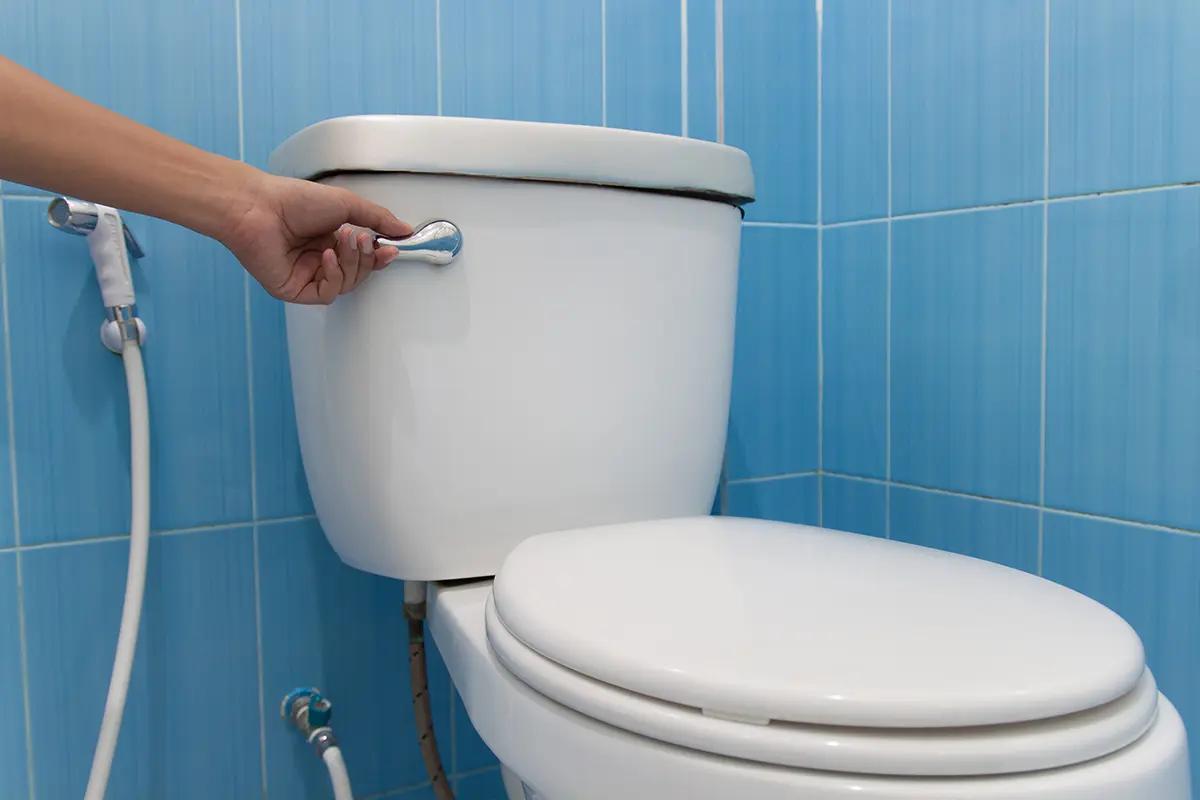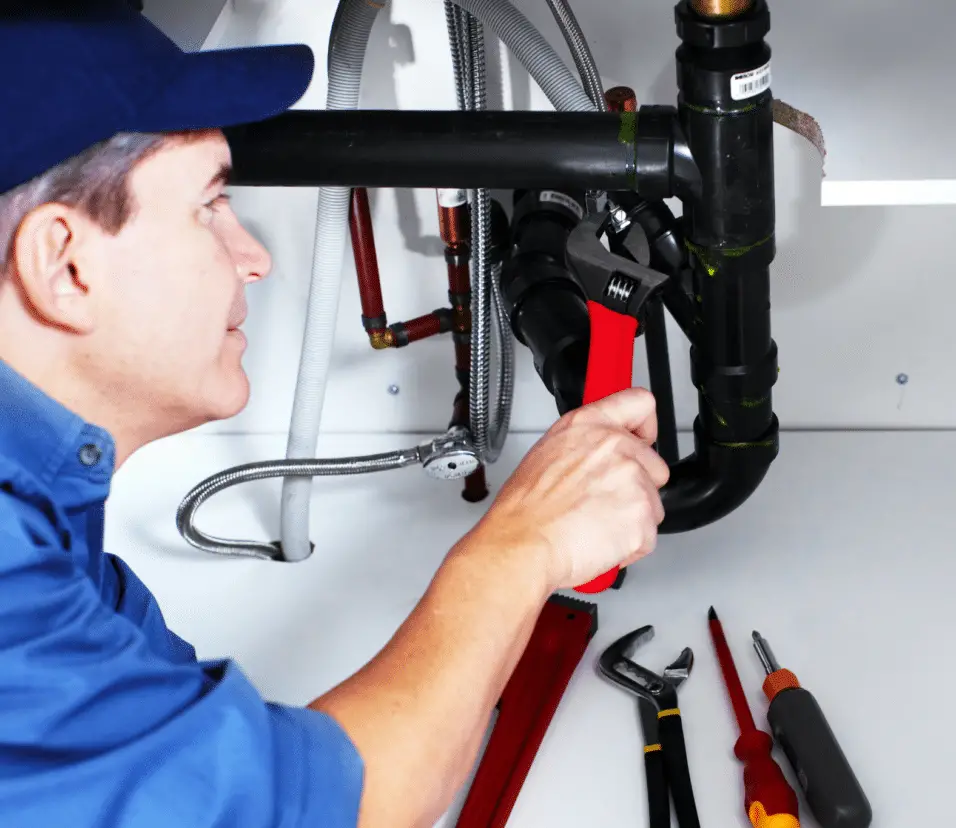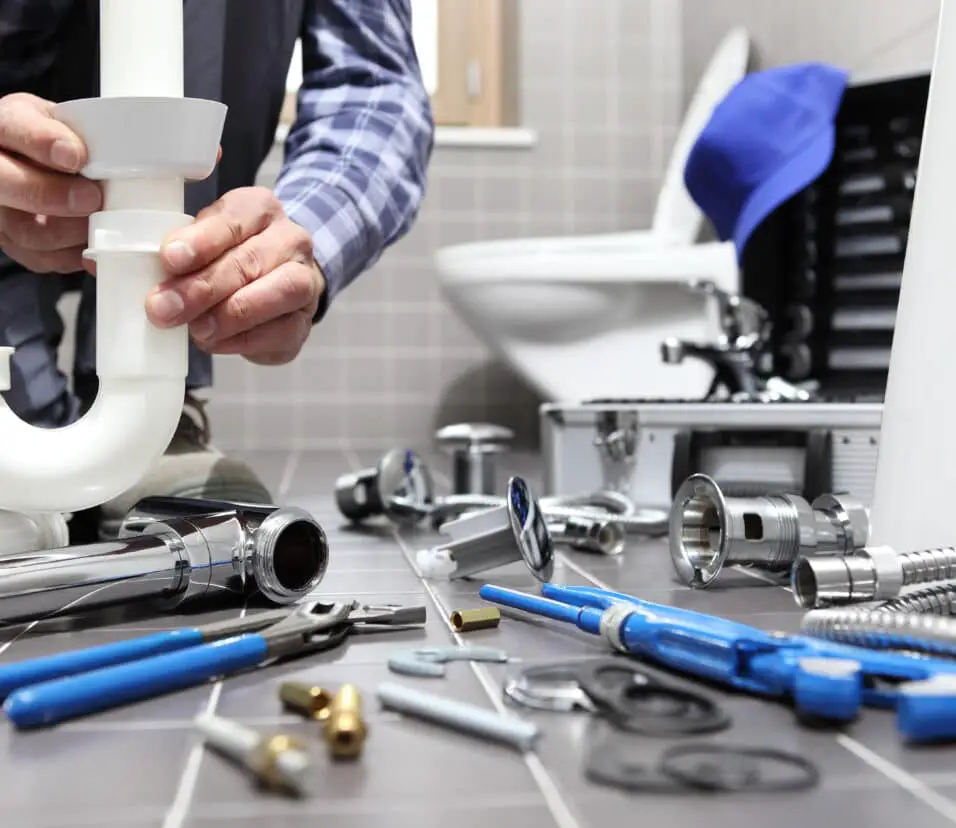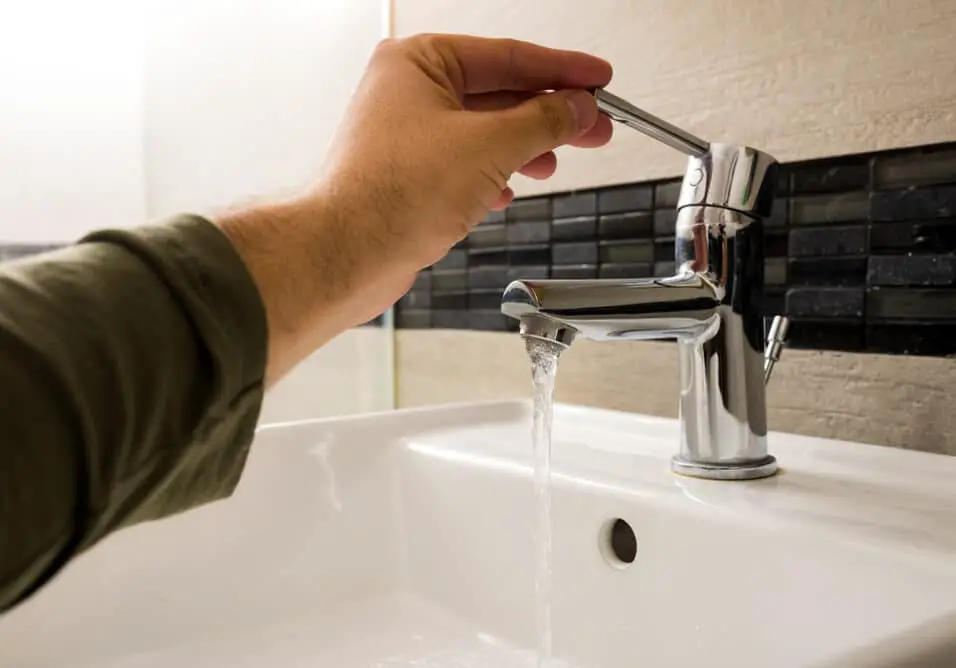How To Turn Off The Water Supply To A Toilet
Introduction
How To Turn Off The Water Supply To A Toilet: This simple task can be incredibly useful in situations where you need to perform maintenance, make repairs, or deal with unexpected leaks. Turning off the water supply is a fundamental skill that can prevent potential water damage and ensure a hassle-free experience when working on your toilet. Whether you are a seasoned DIY enthusiast or a novice homeowner, mastering this basic technique will empower you to handle minor plumbing issues efficiently and with confidence.
Typically, the main shut-off valve is located near the water meter, close to where the main water heater line enters your home. It might be outside, in a basement, or utility closet. Rotate the valve clockwise until it’s fully closed. This will stop the flow of water to your entire home, including the toilet. After turning off the main water supply, go back to the toilet and flush it to verify that the water flow has stopped.
Only use the main shut-off valve if you can’t find or reach the toilet’s shut-off valve. It affects the entire house’s water supply. These simple steps will allow you to safely cut off your toilet’s water supply when needed. Knowing how to control water flow helps you maintain your plumbing and keep your home in good condition, whether you’re planning for a minor repair or an emergency.
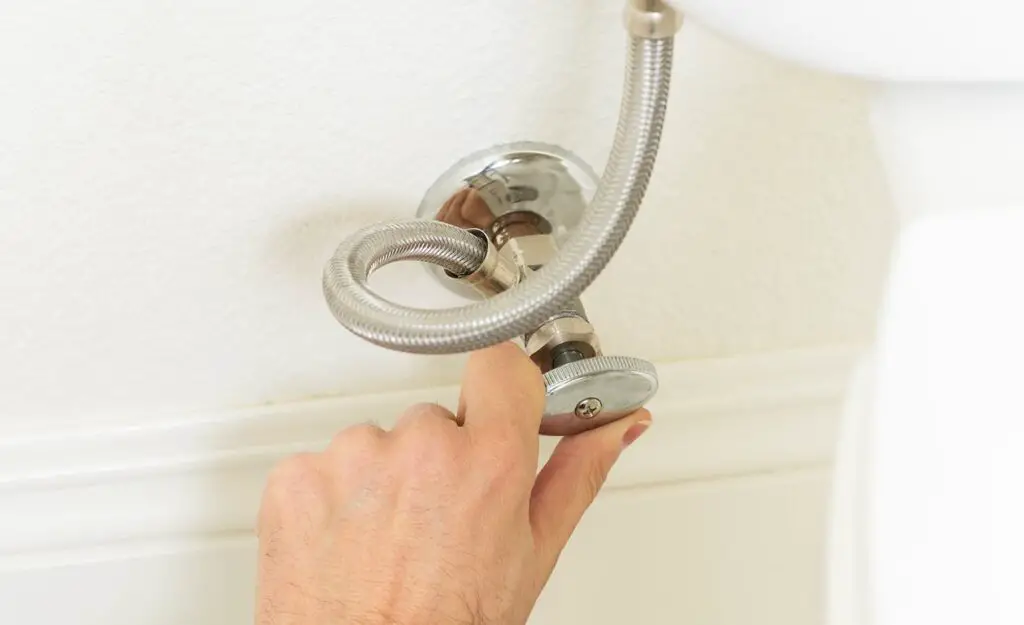
Is it OK to turn the water off to your toilet?
A week without toilet water is safe, like turning it off for a night. You can turn off your toilet water for as long as you want, but we don’t recommend it unless you have a plumbing issue.
Toilet repairs and maintenance are regular reasons to switch off the water supply. Turning off the water lets you work on a leaky toilet, replace parts, mend a running toilet, or handle other issues without water entering the tank and bowl. Doing so prevents water damage and simplifies repairs.
Turning off your toilet’s water saves water. To avoid water waste, turn off the water if you suspect a leak or have an old toilet that keeps running. Conserving water reduces water bills and helps the environment.
In the event of a toilet overflow or a major leak
Turning off the water supply quickly can prevent extensive water damage to your bathroom or home. Knowing how to shut off the water in such emergencies is crucial for protecting your property and belongings.
If you plan to be away from home for an extended period, such as during vacations or work-related trips, turning off the water supply to your toilet can offer peace of mind. A potential leak or malfunction while you’re away could lead to severe water damage if left unattended. By turning off the water, you mitigate this risk and ensure a worry-free time away from home.
If you are replacing your toilet with a new one, turning off the water supply is necessary to disconnect the old unit safely and avoid any water spills during the process. Similarly, when renovating your bathroom, shutting off the water to the toilet allows you to work on other plumbing fixtures without the risk of any accidental water flow.
Why can’t I turn off the water to my toilet?
Usually this is caused by one of the following problems: The water level in the tank may be at or above the top of the overflow pipe. The flapper or stopper ball that closes off the outlet at the bottom of the tank may be defective. The fill valve may need replacing.
In regions with hard water, mineral deposits can accumulate over time, leading to corrosion and blockages in the shut-off valve or water supply line. This buildup can hinder the valve’s ability to turn and shut off the water effectively.
To address mineral buildup, you can try cleaning the shut-off valve and water supply line. Use a solution of equal parts vinegar and water to dissolve the mineral deposits. However, if the buildup is severe, professional cleaning might be required.
The shut-off valve or water supply line may freeze during winter
Winter can freeze the shut-off valve or water supply pipe, making it hard to turn. Use a hairdryer or heating pad to gently heat the valve to unfreeze it. Direct flames or heat can damage the valve or adjacent components.
The toilet shut-off valve may be buried behind a wall, beneath the floor, or inaccessible. Please contact the original house plans or a plumber if you cannot find your toilet shut-off valve. They can locate the valve and recommend a solution.
Due to high water pressure in the plumbing system, closing the shut-off valve may take greater force. This can be fixed by lowering plumbing water pressure. A pressure-reducing valve can reduce water pressure and make shutting off the valve easier.
How do you turn off and drain a toilet?
Step 1: Shut off the Water and Flush
Turn the valve fully clockwise to shut off the water supply to your toilet. Once the water is off, flush the toilet by holding down the flush lever to empty the toilet tank. Look inside the bowl to verify that the tank is empty and that it’s not filling up with water.
Carefully lift the lid of the toilet tank and set it aside on a soft surface to avoid any damage. Press and hold down the flush lever to drain the water from the tank and bowl. Hold the lever until the majority of the water is gone.
Use a sponge, mop, or towels to soak up any remaining water in the tank and bowl. Wring out the excess water into a bucket or container. Use an adjustable wrench or pliers to loosen the coupling nut connecting the water supply line to the bottom of the toilet tank.
Once the coupling nut is loose, carefully unscrew it by hand and remove the water supply line from the toilet tank. Turn the shut-off valve counterclockwise to gradually open it. This allows the water to flow back into the toilet tank.
Once the water supply is on, inspect the connections and the toilet base for any signs of leaks. If you notice any leaks, turn off the water supply and address the issue before proceeding.
Properly turning off and draining a toilet can prevent water damage and ensure a smooth experience when working on your bathroom fixtures. With this knowledge, you can confidently handle minor repairs, replacements, and renovations, making you a more self-reliant and capable homeowner.
Is there a valve to turn water off at water main?
Locating the proper valve
Basements – the shut-off valve is typically located near the front foundation wall. The main water may come through the concrete floor or through the wall. The valve is typically within three to five feet of where the main water enters.
First, identify the water main valve based on its typical location or by referring to your house’s plumbing layout. If you’re unsure, contact your local water utility or a professional plumber for assistance.
The water main valve is usually a large, round wheel or lever-style valve. You may need a wrench or pliers to turn it, depending on the type of valve.
Insert a wrench or pliers on the valve’s nut and crank it clockwise to close a wheel-type valve. Turn lever valves “off” with the lever.
Make that your faucets, toilets, and other water fixtures cease flowing after closing the valve. If there is no water, the water main has been switched off.
Turning off the water at the main can avoid further water damage from burst pipes, serious leaks, or flooding in your home.
To prevent water flow during significant plumbing repairs or renovations, turn off the water at the main.
Turning off the water main while on vacation or leaving your property empty helps prevent leaks and water mishaps.
How do I stop my toilet bowl from refilling?
Remove the lid from the toilet tank, reach inside the tank and lift up the bottom of the fill valve or float to stop the water from refilling. Rig the float to stay up to prevent it from refilling the toilet. You can also pull out the refill tube from the overflow valve to stop the water from refilling the tank.
First, identify the cause of the continuously refilling toilet bowl. Listen for any sounds coming from the toilet tank, and observe the water level in the tank to determine if the water is continuously flowing into the bowl.
Check the water level in the tank and ensure it’s not too high. There’s typically a marked waterline indicating the correct water level. If the water is above this line, adjust the float or the fill valve to lower the water level.
Bottom of the tank for any visible damage or signs of wear
Ensure that it’s seated correctly and forms a tight seal. If it’s damaged or not sealing properly, consider replacing it with a new flapper.
Inspect the float assembly to see if it’s misaligned, damaged, or set too high. Adjust the float arm or replace the float assembly if necessary to ensure it controls the water level properly. If the fill valve is the issue, consider cleaning it or replacing it entirely if it’s not functioning correctly.
To test for a waterlogged flapper, place a few drops of food coloring into the toilet tank. Wait for about 20-30 minutes without flushing. If the food coloring appears in the toilet bowl, it indicates a leak, and you may need to replace the flapper.
After making adjustments or replacing any faulty components, wait for some time to see if the toilet bowl continues to refill. If the problem is resolved, the toilet bowl should no longer refill continuously.
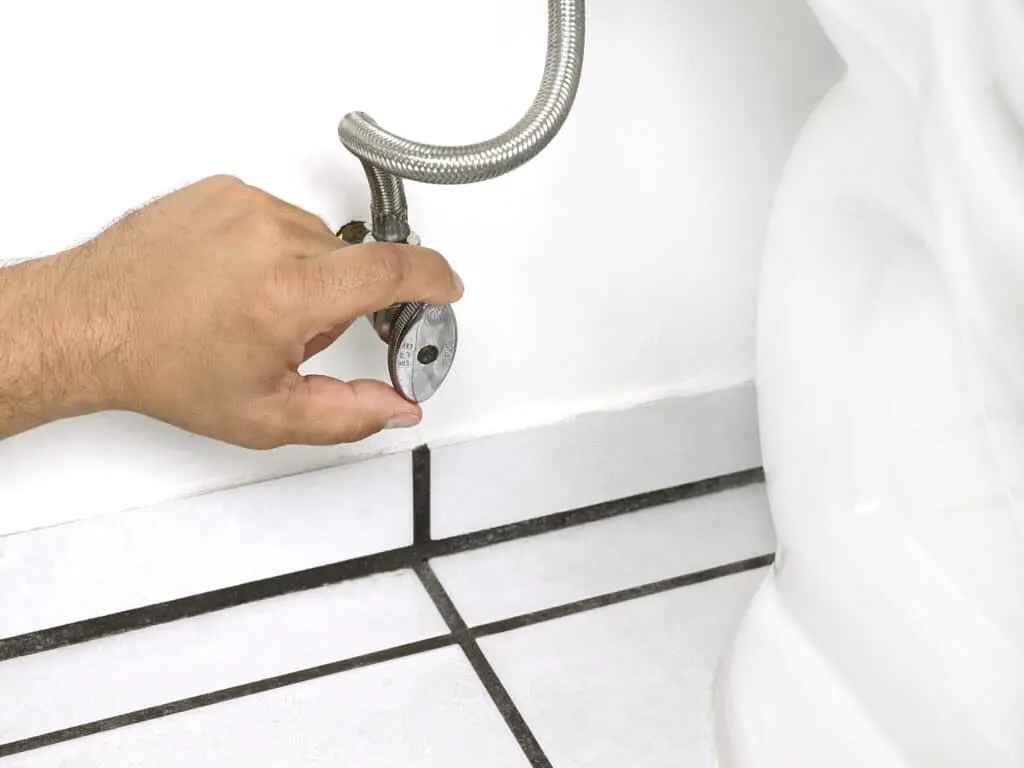
Why does toilet water keep running?
No need to worry, a running toilet is usually a simple fix. The three most common causes are a broken or dirty flapper, too long or too short of a chain between the flush lever and the flapper or a float that is out of position. The first thing you will need to do is turn off the water feeding into the toilet.
One of the primary culprits behind a running toilet is a faulty flapper valve. The flapper valve is a rubber stopper located at the bottom of the toilet tank. When you flush the toilet, the flapper lifts to allow water to flow from the tank into the bowl, initiating the flushing process. However, if the flapper is worn out, warped, or not sealing properly, water can leak from the tank into the bowl continuously, leading to a running toilet.
To fix a faulty flapper valve, inspect it for any signs of damage or wear. If it looks worn or doesn’t create a proper seal, replace it with a new flapper. Adjusting the chain length that connects the flapper to the flush handle can also help ensure a proper seal.
The float assembly is responsible for regulating the water level in the toilet tank
The arm and float are linked. After reaching a specific height, the float activates the fill valve to stop water flow. Misaligned, damaged, or high-set floats may not signal the fill valve to stop, causing the tank to overfill and the toilet to run constantly.
Set the float arm or component at the right height. The toilet’s user manual or tank label indicates the correct water level. Consider replacing a damaged float assembly. The fill valve, often called the ballcock or input valve, refills the toilet tank after each flush. A running toilet may come from a faulty fill valve, which fails to shut off water flow when the tank is full. Check the fill valve for debris, wear, and blockages. Cleaning or replacing the fill valve usually fixes the problem.
Too much water in the toilet tank might drain into the overflow tube and bowl, running the toilet. To stop water from filling the tank, lower the float or adjust the fill valve.
What is the best shut-off valve for toilet?
Below are the best types of water supply lines that you can choose from.
- Compression Fit Stop Valves.
- Sweat Fitting Stop Valves.
- Push Fit/Push-On Stop Valves.
- Barbed Fitting Stop Valve.
- Three-Way Shut Off Valve.
- CPVC (Chlorinated Polyvinyl Chloride) Shut-Off Valve.
- PEX (Cross-Linked Polyethylene) Stop Valve.
The ball valve is a popular choice for toilet shut-off valves due to its durability and ease of use. It features a lever handle attached to a ball with a hole through the center. When the handle is aligned with the pipe, the hole allows water to flow, and when the handle is perpendicular to the pipe, it stops the water flow.
The compression valve is a traditional type of shut-off valve commonly used in many plumbing applications, including toilets. It features a handle that tightens or compresses a washer against the valve seat to stop water flow.
Time-delayed shut-off valves, also known as self-closing valves, are designed to automatically shut off the water after a predetermined time, usually a few minutes. They are commonly used in commercial settings, but some models are suitable for residential toilets.
A shut-off valve for a toilet depends on your specific needs and preferences. Ball valves and compression valves are common choices for their durability and ease of use, while quarter-turn angle valves offer practicality in tight spaces. Push-fit shut-off valves provide tool-free installation, while time-delayed shut-off valves are suitable for water conservation in public settings.
Where is the water shut-off valve?
Your inside stop valve is inside your house and is normally located just after the water pipe enters the house. This is often under the kitchen sink, but can also be: In an airing cupboard. Under the stairs.
The water shut-off valve is essential for various situations, from emergency plumbing issues to performing repairs or renovations. The location of the shut-off valve can vary depending on your property’s layout and local plumbing practices. Common places to look for the shut-off valve include inside the house (basement, crawl space, utility closet, or garage) and outside the house (sidewalk, meter pit, valve box, or curb stop).
Newer homes or apartments often have a designated utility closet where the water shut-off valve is placed. This can be near the entrance or in a central area of the house. In some homes, especially those without basements or crawl spaces, the shut-off valve may be located in the garage, close to the point of entry of the main water line.
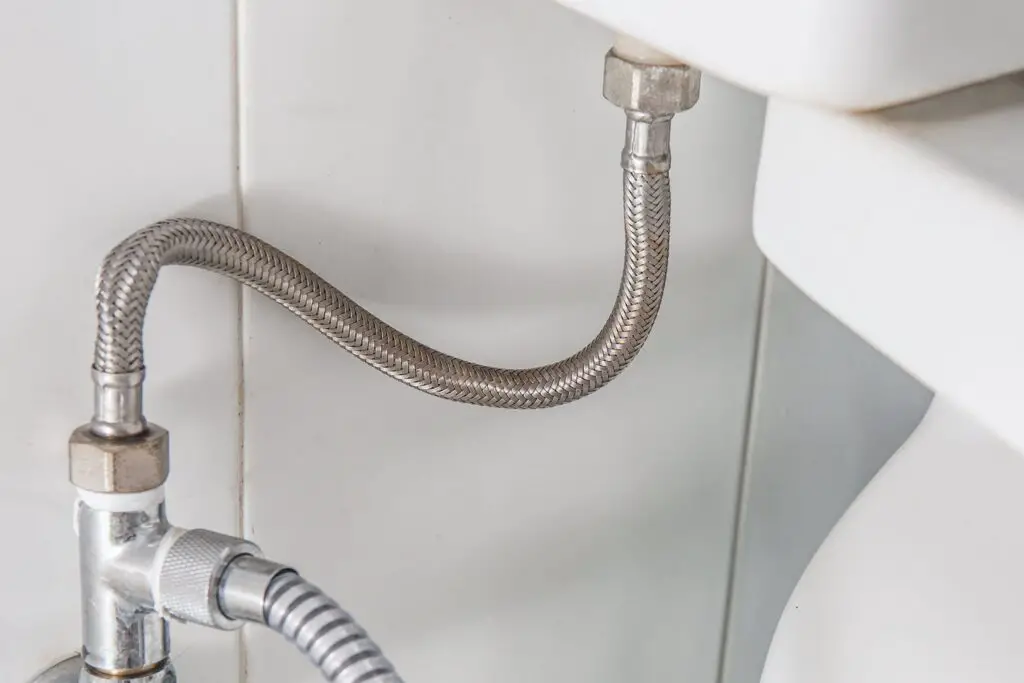
Conclusion
This straightforward process can save you from potential water damage, help you perform maintenance tasks, and address unexpected leaks effectively. By following the steps outlined in this guide, you can easily accomplish this task using either the shut-off valve or the main water supply shut-off. Using the shut-off valve, a small knob or lever located near the base of the toilet, allows for a focused and precise way to stop the water flow to the toilet.
This method is ideal when you only need to isolate the toilet’s water supply without affecting the rest of your home. Alternatively, if you cannot locate the toilet’s shut-off valve or it’s not functioning correctly, shutting off the main water supply is a viable option. This method affects the water supply to your entire house, so it should only be employed when necessary.
By familiarizing yourself with both techniques, you’ll be well-equipped to handle various plumbing situations and perform basic repairs without the need for professional assistance. It’s important to remember that safety always comes first, so if you encounter a more complex plumbing issue or feel unsure about the process, it’s best to seek help from a qualified plumber.



